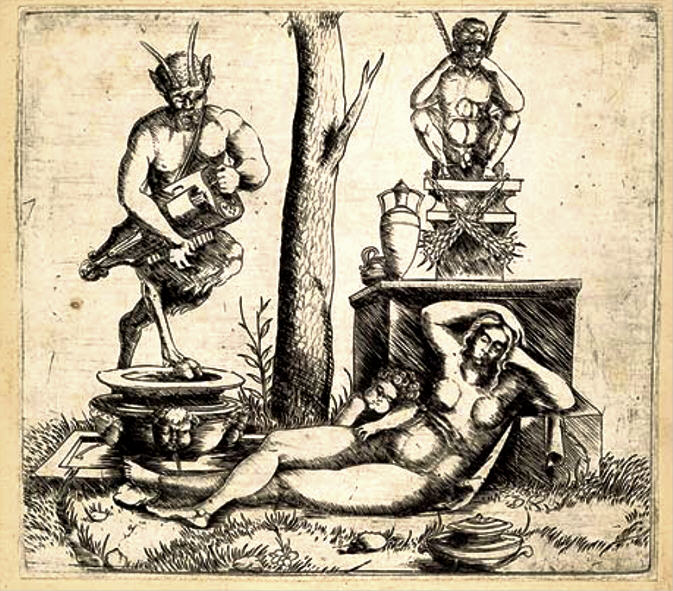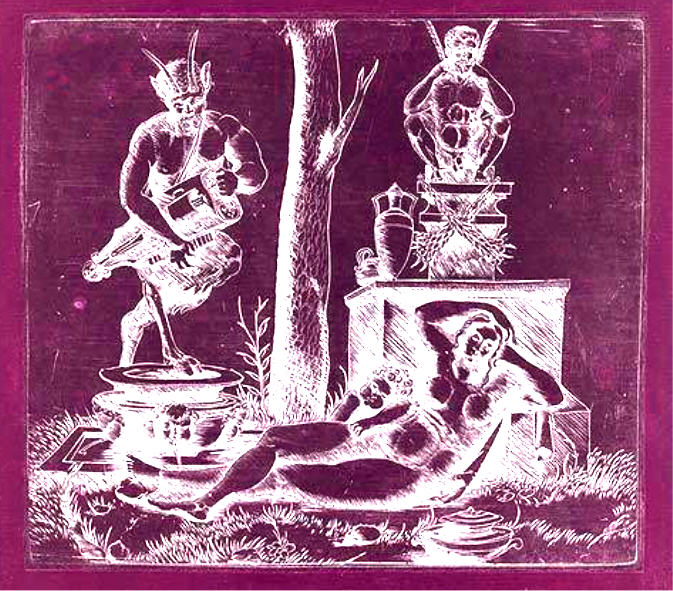
~ Sean Breadin : Horse-Head in Winterland ~
(Music for Hurdy-Gurdy, Jew's Harp & Frame Drums composed & performed at the Small Palace November 25th & 26th 2006)
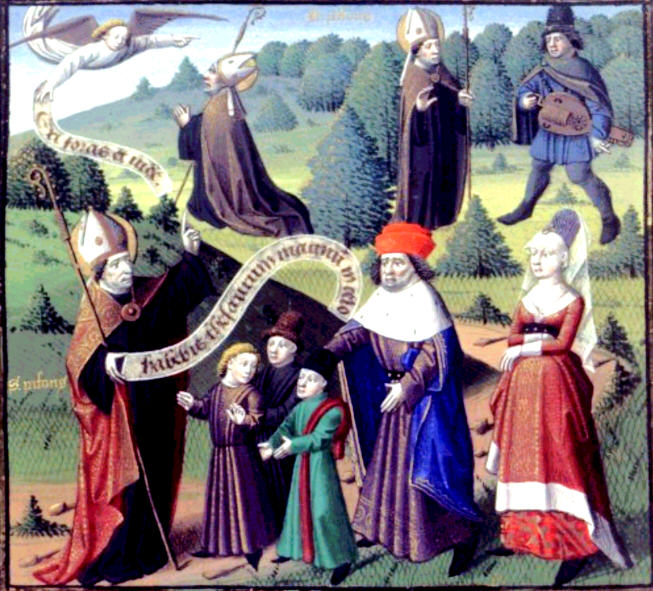
1 - Terre d'Hiver (Winterland) : 19.23
hurdy-gurdy / Szilagyi doromb 'Tibet' / acme siren / bodhran / riq / wooden warbler / ankle bells / marranzano grande / cross blown bamboo flute
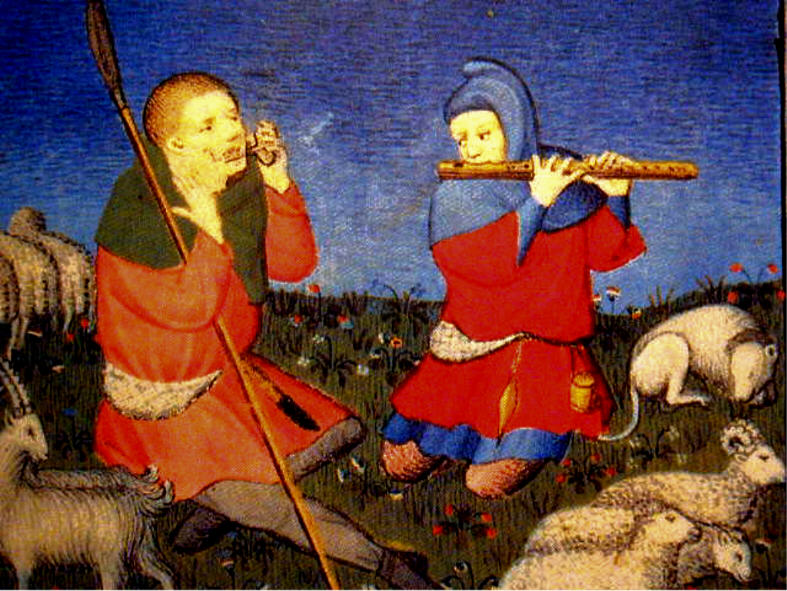
2 - Janus Dans la Terre de Merveille (Janus in Wonderland) : 4.47
hurdy-gurdy / Szilagyi doromb 'Black Fire' in lo-D / square drum from Damascus / fox skull / ankle bells
Click below for alternative mix of this piece used for a film of the medieval carvings on the column capitals of Carlisle Cathedral.
3 - Ecoutez la Roue de la Mort (Listen to the Death-Wheel) : 5.54
hurdy-gurdy / Szilagyi doromb 'Black Fire' in B / bodhran / ankle bells
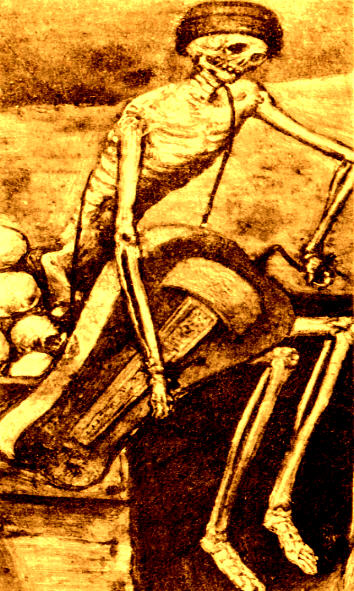
4 - Vieux Danser d'Homme (An Old Man Dances) : 7.09
hurdy-gurdy / Szilagyi doromb 'Polynesian Totem' in G / square drum from Damascus / fox skull / ankle bells
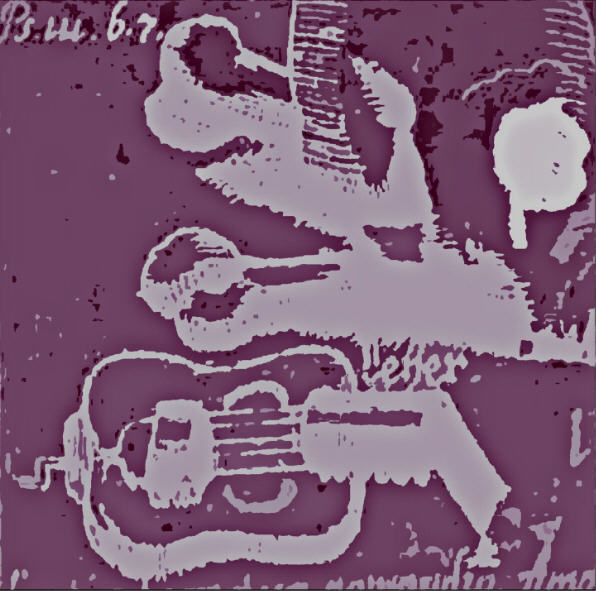
5 - Le Crane de Glace (Skull of Ice) : 7.21
hurdy-gurdy / Szilagyi doromb 'Black Fire' in D / bodhran / acme siren / ankle bells
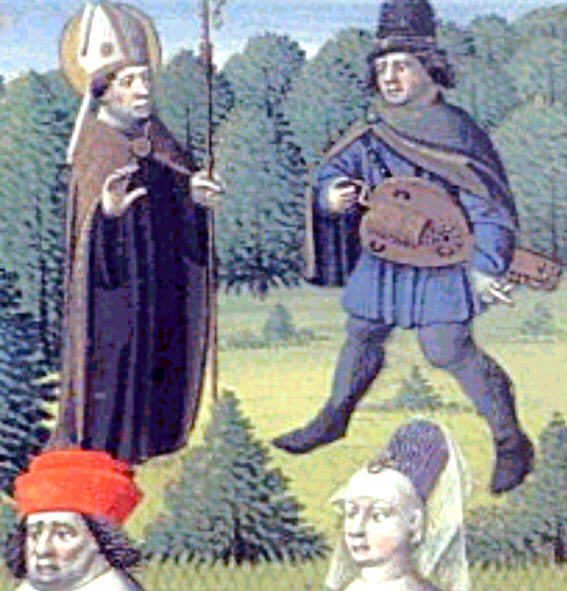
6 - Chemin d'Hiver Avec des Perelins (Winter Lanes with Pigrims) : 6.06
hurdy-gurdy / Szilagyi doromb 'Black Fire' in E / bodhran / wooden warbler / acme siren / ankle bells
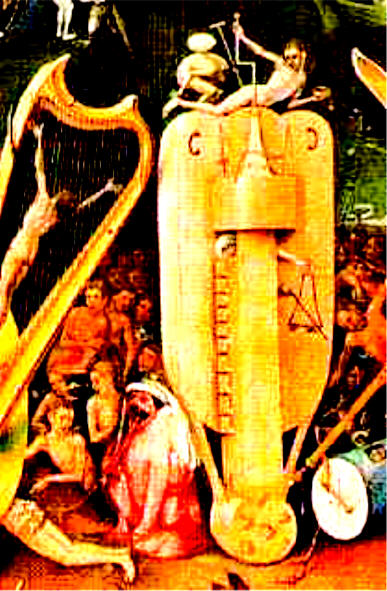
7 - Winterland (Terre d'Hiver) : 19.29
hurdy-gurdy
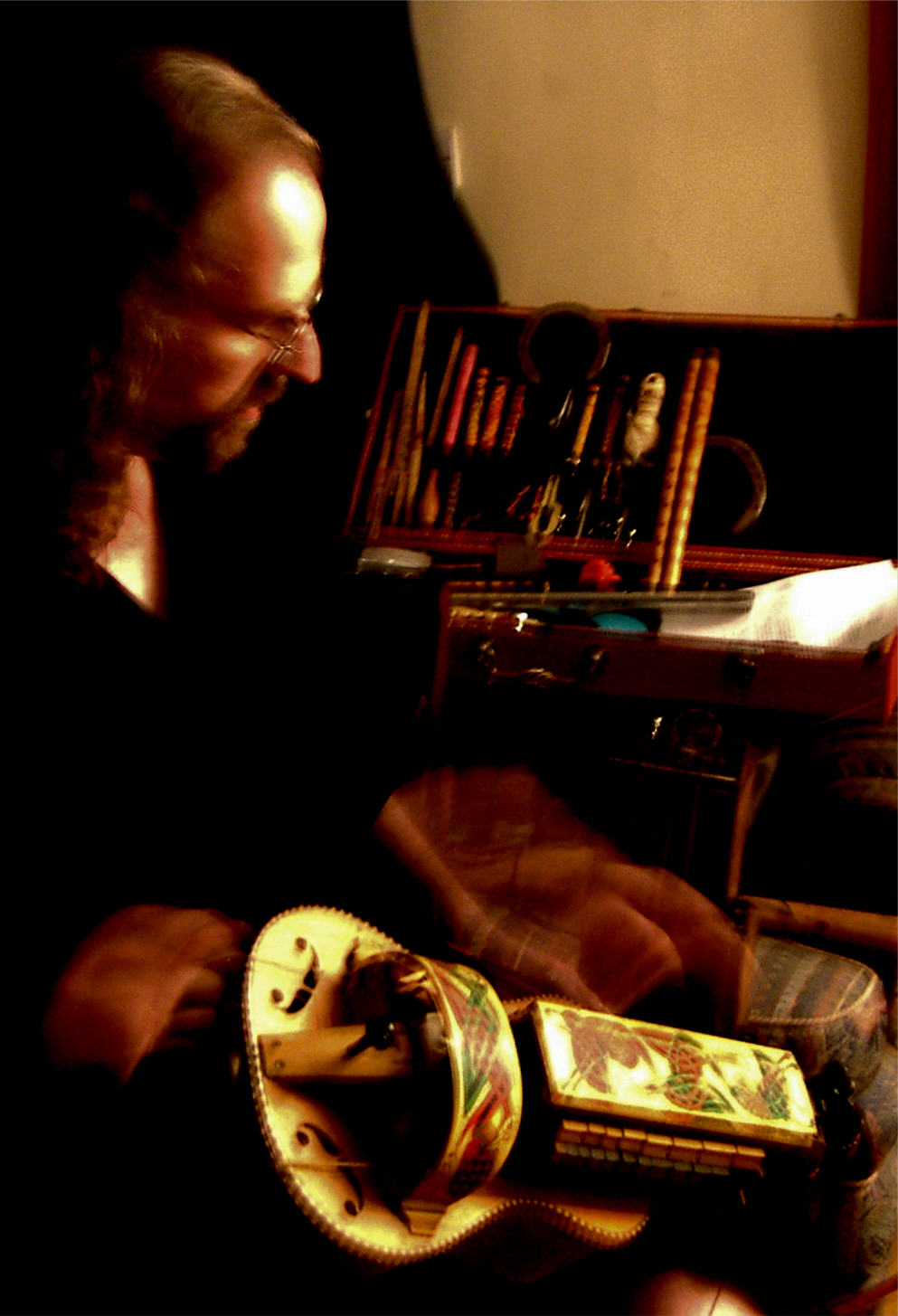
One of the various names for hurdy-gurdy is 'Horse-Head', in particular this refers to the traditional French 'guitar' shaped body such as the instrument used in this recording, which was assembled by my own two hands from a Camac kit during the summer of 1981, after which time it featured as an essential component of my work in areas of mediaeval, traditional & experimental music (including the Shekinah / Masstishaddhu album we recorded for United Dairies in 1988) until 1992 when it was sold to fund the purchase of an Eb alto clarinet. In November 2006 it came back into my keeping on a short loan, so what you have here are the first results of a brief re-acquaintance with a very dear old friend; lots of catching up to be done, many glad reminiscences & a few old scores to be settled too.
It goes without say that this music is entirely improvised, arising from the inherent organic & heterophonic nature of the hurdy-gurdy both as a traditional / historical concept and a corporeal manifestation of same; unique, idiosyncratic & possessed of as many curmudgeonly characteristics as one could hope for. The hurdy-gurdy is a medium for a legion of voices, for one cannot turn the wheel without conducting a sťance with time itself; thus do we send it spinning over the hinterlands and winter-lands of history to enrich the very moment in which we stand, enchanted.
My whole approach to the hurdy-gurdy took its cue from the great Rene Zosso, who uses all sorts of heterophonous (& cacophonous) elements in his playing, exploiting the 'symphonic' nature of the instrument to quite alarming effect (the first time I heard Rene Zosso - his solo rendition of 'Procurans Odium' on the Clemencic Consort's Carmina Burana - so alien was the sound I thought there must something at fault with the record itself). Having the hurdy-gurdy in my keeping again I find the raw & elemental sounds invigorating on many levels; what emerges is a primal / organic ceremonial sound experience entirely in keeping with the traditional & historical nature of the instrument - somewhat akin to Sun Ra's approach to electronics, albeit entirely acoustic - & entirely earthbound.
It goes without say that I'm not in least bit concerned with the hurdy-gurdy as the post-modern 'reinvention' which it has become in recent years, rather I take my cue from an older (yet more 'modern') school of thinking. If one listens to such 'classic' albums as Rene Zosso's 'Je Chante Pour le Passer le Temps' (aka Chante & Vielle) (1969) and Gabriel Yacoub's 'Pierre d'Grenoble' (1970?) you hear something so much closer to the actual traditional / historical sound of the hurdy-gurdy which would be quite unacceptable to post-modern ears. 'Horse-Head in Winterland' takes it even further back: the hurdy-gurdy / symphony / organistrum concept arose out of a dialectical & heterophonous musical concept in which various & often opposing elements of sound & noise are brought together on the one instrument by the ingenious device of bowing the strings with a wooden wheel. Thus the sound is continuous, unbroken, organic variabilities & anomalous resonances are inevitable, dissolving into pure primal shamanic sound-magic as the wheel turns with the turning year, darkly ceremonial to the rattling bones of the winter on the keyboard. Hardly the wonder then that the hurdy-gurdy was the traditional instrument of the beggar, lepers & suchlike Medieval Vagabondian Outsiders, living each moment as the last, especially at this time of year with the cold, hunger & the delirium of disease; such sounds come out of the ancient dark, as frightening in their familiarity as ghost-voices. Whenever I turn the wheel of the hurdy-gurdy, I am conducting a sťance in pure sound, bringing together the anciently primal with the immediately experimental; allowing the 'music' to unfold as it sees fit, for thus does the ploughman plough in preparation of potential, creating the right conditions for an occult germination.
Horse-Head in Winterland is the sort of album I've been dreaming of making for twenty-five years; the sort of album I should have made back in 1981 before getting distracted by trying to play folk & medieval music; this is why I bought the hurdy-gurdy in the first place, to simply turn the wheel & listen to the resulting racket & cacophony with no thought of propriety or authenticity beyond the pure primal noise produced by the grim mechanics of the instrument.
As for the other instruments, all the Jew's Harps are by the master trump-smith Zoltan Szilagyi of Hungary (apart from the scacciapensieri which is a traditional folk instrument from Sicily) ; the bodhran is a very basic goatskin instrument bought during the summer of 2005 at Hobgoblin in Newport Pagnel; the 'square frame-drum from Damascus' is actually the body of a one-string rabab which works equally well as a drum as it does a fiddle; the fox skull is used as a drum stick. Also heard are a vintage acme siren, a string of ankle bells, diverse fowler calls and a cross-blown bamboo flute (circa 1978) by way of Auld Lang Syne...
Sean Breadin / November 2006
Horse-head in Winterland is available as a free download from Woven Wheat Whispers between Advent & Imbolc (December 1st 2006 - February 1st 2007) after which time it'll cost £5. Hard copies may be purchased directly from me (£6 UKP inclusive of international P & P) or sent out by way of our Seasonal Gift Item with any purchase from the Ploughmyth Catalogue during the same period.
Contact, enquiries, complaints etc. : winterland@sedayne.co.uk
